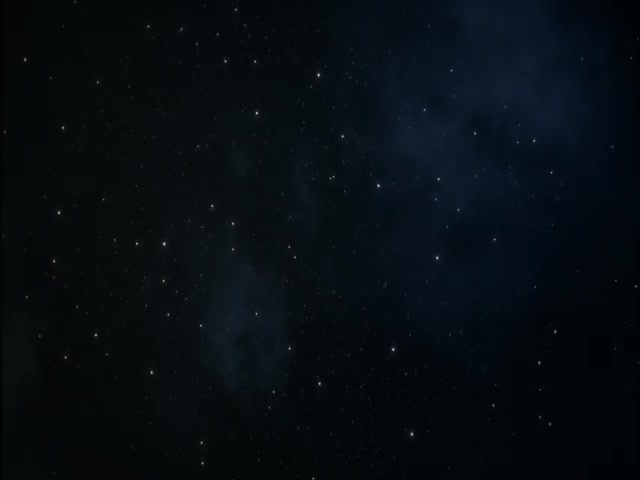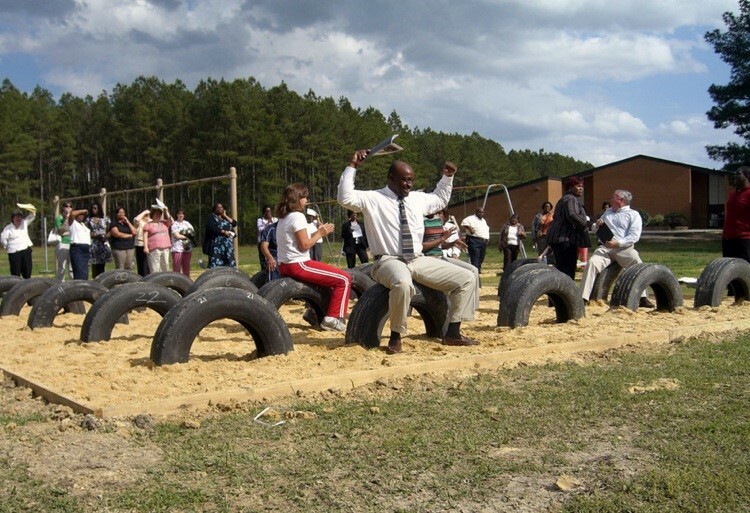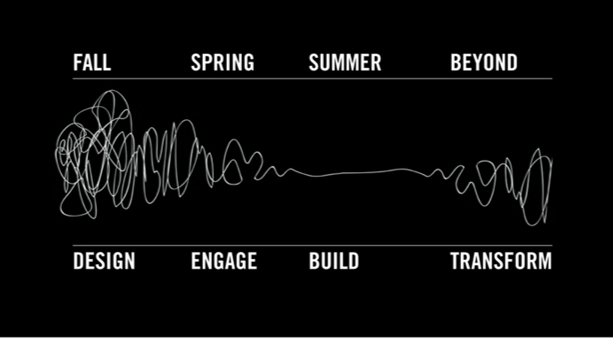e-Learning Ecologies MOOC’s Updates
Multiliteracy and disadvantaged communities: a hand out, a hand up, or a 'hand in'?
The definition of technical aptitude aside, students from underserved communities are well served when there is access to multimodal inputs in their learning modules, even while learning hands on skills. Our E-Learning Ecologies class defines multimodal as, “Today’s learners need to be able to use digital media to juxtapose and link text, diagrams, tables, datasets, video documentation, audio recordings, and other media. Across all subject areas, meaning making and knowledge representations are supported and enhanced today by digital production skills and technologies.”1
But does the environment to access those inputs make a difference and are there ways to advance learning while providing a sense of real world achievement? Having volunteered to develop a small one-day project for Project H (now Girls Garage) several years ago I was exposed to the founder, Emily Pilloton, and her mastery of teaching pre-teen and teenage young women through integrated solutions and a well-designed approach. 2
Emily’s foundational work was developing ways to bridge education to public school students in underserved communities as she describes in her first TED talk.3
During her talk, she dicusses developing a path that included three focuses while working with Bertie County Public Schools in North Carolina, USA.
Focus 1: Design for Education – the physical intersection of improved spaces, materials, and experiences for teachers and students. She felt it was important to shift from the hand-me-down, outdated textbooks the county would receive to the dynamic learning environment of a computer. What was important in the design was to find a way to do it through enhanced social space/interaction and increasing the ability for teachers to use space for dynamic technology-based instruction.
Further she examined what she calls “The learning landscape’ – allowing elementary students to learn core subjects through physical game play and activities. A shared ownership element with teachers was incorporated so they have a desire to use them.
Focus 2: Redesigning Education - a system level look at how education is administered and what is being offered to whom. She provided it’s not so much about creating change but creating the conditions under which change is possible. The incentive to want to make change and the framework to do it are important. She provides it can be more challenging in rural, economically depressed communities, particularly with what Pilloton calls existing “inside-the-box education systems”. Their work included a campaign to put a computer and broad band internet in every student’s home in the Bertie County public school system. It was an opportunity for the school system to look through the lens of how they play a role in larger community development. The concept of connecting learning from the classroom to the home was important and that it opened avenues to let students cultivate their own learning after regular school hours ended.
Focus 3: Design as Education – going beyond design-based learning (i.e. learning physics by building a rocket) to learning design-based thinking. In the Bertie County work Project H’s curriculum matched with real construction and fabrication skills to create something that served the community. Pilloton believes this is the most important step. In her TED talk she called for bringing shop class back but with projects that “filled a community need while infusing a critical thinking process”. Students have the opportunity to help the community they could traditionally be stymied by – a hand in. The Bertie County students moved through ethnographic and multimodal research, to brainstorming of design concepts, and then testing in the shop with prototypes. Finally, they were given paid summer jobs to build the projects they conceived in their community.
Pilloton outlined we need to get to the local scale - at the global scale difficult to view the human-scale problems. In order to do good, you first have to do something. So, her advice is to start somewhere.
As Emily so beautifully put it, “What design in building offers to public education is a different kind of classroom. Puts the youth of the community as a central resource for change and advancement of the community. Design itself is the constant source of education. “
- e-Learning Ecologies: Innovative Approaches to Teach, Dr. William Cope and Dr, Mary K, University of Illinois, Coursera offering. https://www.coursera.org/learn/elearning. Multimodal meaning
- Girls Garage, https://girlsgarage.org/, West Berkeley California
- TED Global Talk – Emily Pilloton, Teaching Design for Change, 2010, YouTube.








